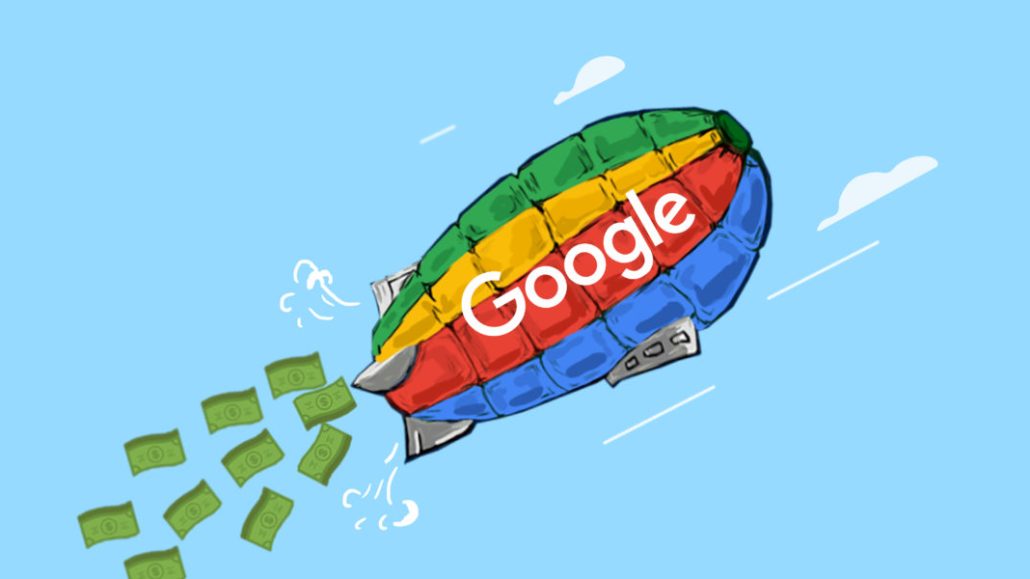Save 50% on a 3-month Digiday+ membership. Ends Dec 5.
‘Turn readers into shoppers’: Complex Shop’s journey to prevent cart abandonment

Complex Networks is one of latest publishers to rely on the Google News Initiative to bolster their reader revenue businesses.
Looking to decrease the phenomenon of cart abandonment, Complex used Google’s News Consumer Insights tools to pinpoint drop off point and areas of friction that deterred people from pressing the final checkout button on its Complex Shop — the publisher’s e-commerce platform that curates items for more than 100 brands as well as sells branded merchandise from its portfolio of brands and shows.
Following the first six-month-long phase of the partnership, which kicked off this past summer, Complex Shops saw a 300% increase in conversion rates after improving the user experience, said Tiffany Maldonado, Complex’s senior director of audience development.
“If you’re going to be in e-commerce, adopt all of those principles,” of prioritizing shopper ease and making the checkout process as seamless as possible, said Amy Adams Harding, director of analytics and revenue optimization for News & Publishing at Google. Publishers that have online shops have to “act like an e-commerce player.”
Among the changes, Complex added a “continue shopping” button in the website’s cart page, turned the rotating carousel of products on the homepage into a static click-through display and created a new retargeting email for when a user abandons their cart. After implementing the emails, in particular, Maldonado said there was a 425% increase in open rates, as opposed to the company’s typical weekly newsletters. Maldonado did not give exact open rates.
Additionally, the Shop team updated the search function to be more prominent on the site and mobile page by adding a magnifying glass icon.
“We learned through Google that customers who search on Shop website are three times more likely to purchase,” said Maldonado.
Ad position: web_incontent_pos1
Ultimately, the search bar got more usage, she said, and while it helped lead to overall higher conversions, Complex was also able to track trends and popular items by seeing what people frequently searched for. Those trends are then able to inform what gets promoted from the Shop as well as what is stocked. Sneakers — a key coverage area for Complex Network’s Sole Collector brand — are the most searched item by far, Maldonado said. She did not provide exact search figures.
Additionally, using the NCI tools, Complex was able to determine that many shoppers dropped off after their shipping costs were calculated, said Adams Harding.
In response, Complex began offering free shipping on orders as a seasonal promotion — a cost that Complex absorbed.
This is the first Google partnership with a publisher to be solely focused on e-commerce, said Adams Harding, but similar to the other GNI audits, audience engagement is the leading metric. “It is the tide that floats all boats,” she said.
Moving forward this year, Complex will use Google’s metrics to see how editorial content performs to inform how Complex Shop is then incorporated into Complex.com alongside coverage.
Ad position: web_incontent_pos2
The unique value proposition publisher shops and marketplaces have in the crowded and ever growing e-commerce arena is ingrained and devoted audiences that look to the publication to guide them in their shopping journey. While brands, like Balenciaga and The North Face, have their own online retail presences, Complex’s readers should, in theory, be willing to buy those brands through the publication’s store because of the brand affinity and trust that the publication has built with its audience.
That said, publishers like Complex need to “take advantage of the assets [they] have to reach consumers,” said Ben Zettler, a digital marketing and e-commerce consultant and founder of Ben Zettler Digital Media. By plugging the Shop or a link to a specific item in the store that is expected to resonate with the content in a well performing newsletter or on a video, the trust that the publisher has with its editorial audience could translate into trust between their e-commerce business and a shopper.
Beyond that, Zettler said that there is the opportunity to go deeper between these cross platform promotions by tapping into niche audiences and creating products directly for these smaller groups.
“Niche doesn’t mean small, but means engaged,” said Zettler, adding that shopper intent for these groups can be higher than a general reader. For example, fans of one of Complex’s video series could be targeted with house ads for a T-shirt that is associated with a series host. Eventually, targeting “enough of these groups can do very well” financially for Complex.
After all, the goal of the partnership between GNI and Complex is to “turn readers into shoppers and shoppers into buyers,” said Adams Harding.
More in Media

Digiday+ Research Subscription Index 2025: Subscription strategies from Bloomberg, The New York Times, Vox and others
Digiday’s third annual Subscription Index examines and measures publishers’ subscription strategies to identify common approaches and key tactics among Bloomberg, The New York Times, Vox and others.

From lawsuits to lobbying: How publishers are fighting AI
We may be closing out 2025, but publishers aren’t retreating from the battle of AI search — some are escalating it, and they expect the fight to stretch deep into 2026.

Media Briefing: Publishers turn to vertical video to compete with creators and grow ad revenue in 2026
Publishers add vertical video feeds to their sites to boost engagement, attract video ad spend and compete with news creators.
Ad position: web_bfu




